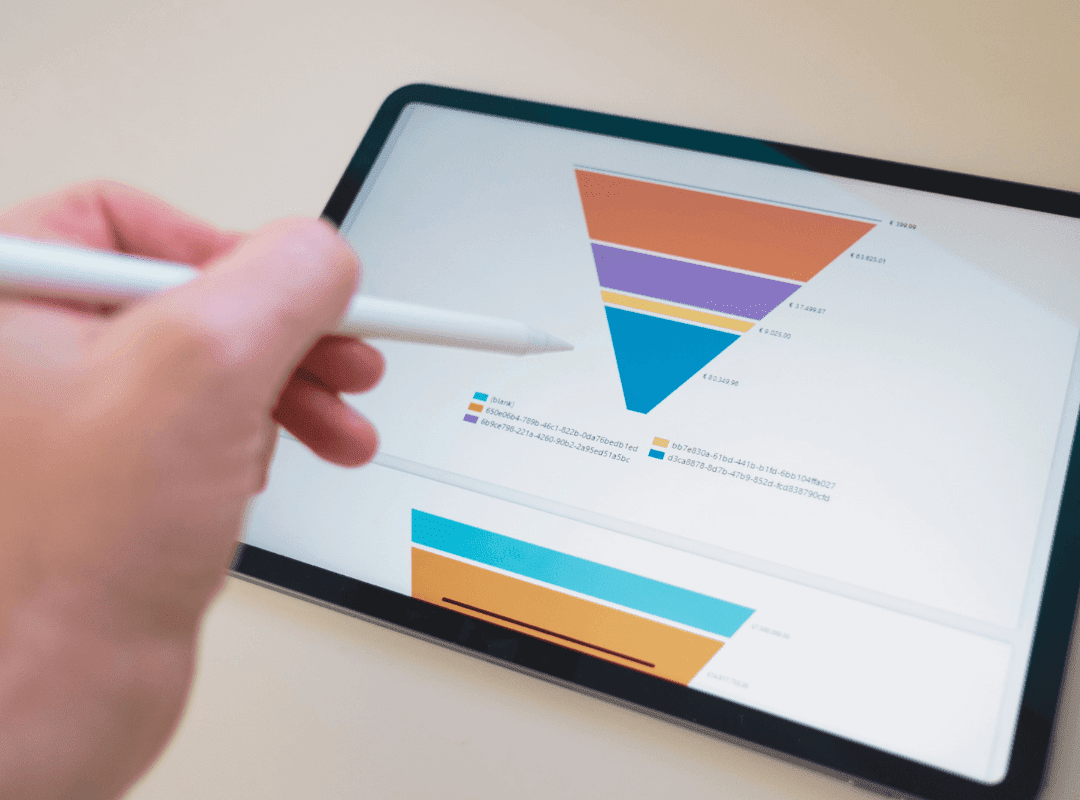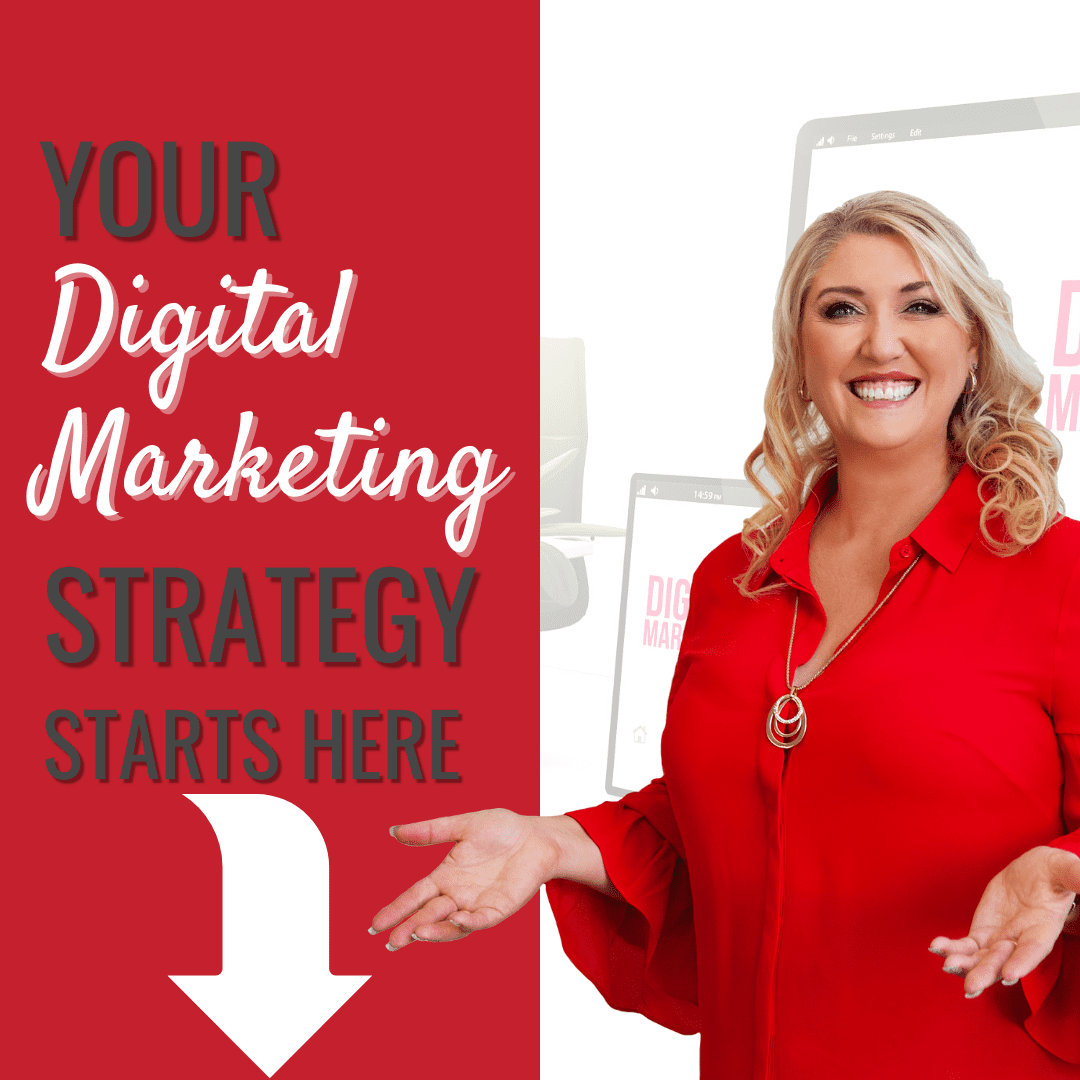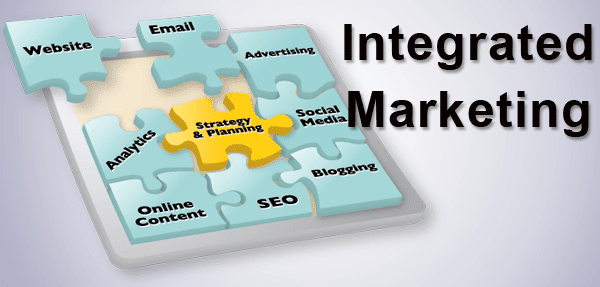How can you create an effective sales funnel to help you with your business success?
Click here to Watch the Videos BelowYou can think of the sales funnel as every step someone has to take from awareness of your brand to becoming your customer. Marketing funnels can also be spread across several channels or platforms. What is a sales funnel? It’s a marketing approach that uses steps to convert cold leads into long-term clients.
According to the funnel metaphor, it starts with a large audience of prospective purchasers and eventually narrows down to a smaller set of highly focused, high-value clients. The sales funnel represents the path your customers will take to purchase your product or service. Analysing your sales funnel might help you determine where it works and fails. It will also help you find holes in the various stages.
4 Stages of Sales Funnel
The four stages define a prospect’s point of view, and each causes a different approach to your message. Elias St. Elmo Lewis, an advertising and sales pioneer, invented the AIDA model in the late nineteenth century. Since then, it has served as the foundation for nearly every successful advertising and marketing effort.
Why is it so successful?
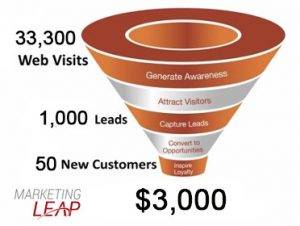 AIDA guides potential customers through the emotional process of purchasing the first interest in action.
AIDA guides potential customers through the emotional process of purchasing the first interest in action.
Awareness – you created a Facebook ad to funnel people to your website.
Interest – offer something of value for lead capture.
Decision – your content informs your audience and prepares them for a purchase.
Action – offer a coupon your leads can’t resist, then market to them again to boost retention.
How to Design your Marketing Funnel?
There are various approaches to creating a sales funnel for your company, here are some basic steps:
- Develop a landing page.
The landing page is frequently the first opportunity for your target market to learn about your business and its products and services. Users may get at your landing page via a variety of channels, such as clicking an ad or link on a social media page, downloading an e-book, or signing up for a webinar.
Your landing page should identify your company and the specific benefits of your product or service. Because the landing page may be your last opportunity to impress prospects, the writing should be effective and appealing. It should also include a means for gathering the prospect’s contact information so that you can continue to show your value to them.
Here are some tips you can follow in designing your landing page for your sales funnel:
- Write a compelling headline to catch the attention of your prospects, and add a subheading to support your headline.
- Add social proof or reviews from your previous customers to provide credibility to your offer.
- Have a clear call-to-action (CTA) that your prospect can easily follow to the next step.
- Provide something of value.
 Creating value for consumers is offering helpful products and services that customers believe are worth their time, energy, and money. Customers will discover value in a product or service if the perceived advantages outweigh the cost. Creating value entails maximising advantages within a reasonable price range.
Creating value for consumers is offering helpful products and services that customers believe are worth their time, energy, and money. Customers will discover value in a product or service if the perceived advantages outweigh the cost. Creating value entails maximising advantages within a reasonable price range.
Why it’s important to provide value?
- It helps in improving the buying process of your customers.
- Allows your prospect to see your authenticity and resonates with your business more.
- Position your business as an expert in the industry by showing your knowledge of current trends.
However, if you think your lead magnets are not working out, you might do something wrong, like putting a lot of call-to-actions that confuse your customers. You can read this blog to avoid those mistakes by creating your lead magnets.
- Nurture your target audience.
Once you’ve gained a new customer, it will help generate recurrent and larger purchases. Customers who have purchased from you once are 3x more likely to buy from you again, and repeat, customers will spend 20% more with your company than first-time purchasers. Keeping clients connected with your business after the sale is an important component of expanding revenue. If you don’t stay in contact, you’re losing money.
This is when email nurturing comes into play. Through the combination of marketing automation and your CRM database, email nurturing is a technique to stay on top of mind with your client base. Here are some basic nurturing emails that can help you establish client loyalty and increase repeat purchases.
- Send a welcome email to introduce your business.
- Follow up by sending guides, how-to’s, and other valuable newsletters.
- Let them know about new offers and promos your business has.
For an in-depth explanation of how email marketing can help in boosting your brand awareness. You can read our previous blog here.
- Maintain the process.
At this point in the sales funnel, the prospect has either become a customer or has decided not to buy or work with you. Maintain communication and connection. If they become a client, maintain the relationship by delivering value by teaching them about your goods or services, engaging them regularly to build loyalty, and providing outstanding service to keep them as valued clients.
If they do not make a purchase, stay in touch with them still by email. Continue to utilise email nurturing series to convert them to customers.
- Analyse to improve your sales funnel.
Even if you’ve created a sales funnel, your work is never over. Always seek ways to improve and optimise your sales funnel, as well as discover where you are losing leads. Note the points at which your audience moves from one phase of the sales funnel to the next.
Begin at the funnel’s top. Determine the effectiveness of each piece of material. Is your initial content attracting enough prospects? The goal of your material is to get prospects to click the call-to-action (CTA). If they aren’t, or if one piece of content is getting fewer hits on the CTA, change it or try something different.
Here’s an example of how different funnels works:
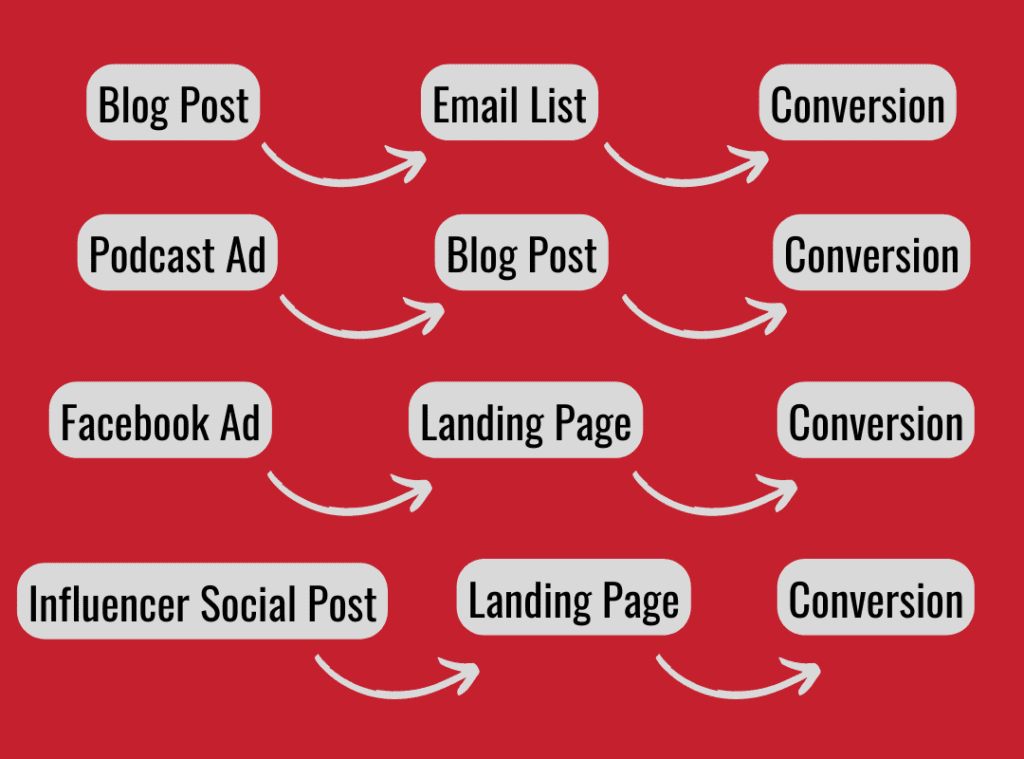
In short, if customers buy your goods or service online, that is your marketing funnel.
Conclusion
When you construct your sales funnel, your work is not over. In reality, this is where everything starts. Once everything is in place, it is critical to track your progress. Select your KPIs first, then create a measurement programme. Take the time to create a sales funnel that reflects what you want and what your target audience needs. Keep in mind that its cheaper to retain clients than source new ones so start looking at other loyalty and retention funnels to keep your business growing!
Whether you have any questions or simply want to chat, reach out! We offer a full range of done for you realistic, practical marketing solutions for your business that deliver results and hit the spot with your customers. You can check out what we do here.
Don’t forget to Check out our library of FREE Resources & Downloads to help you grow your business!
If you want to learn how to implement different marketing elements in your own business, I have a series of Online Digital Success courses focusing on different marketing elements. These are self-paced courses, so you don’t miss out on the learning! You can learn all about those here.
Prefer structured mentoring? I also offer a 12-week 1to1 mentoring program designed to Give You Clarity, Generate leads & STOP DROWNING IN THE OVERWHELM! There are also 2 hours Strategy Sessions available. If it’s time to get a Clear Action Plan, Digital Strategy Map & Checklists, you can check out the details here!
Regardless of what you need when it comes to online marketing, take the Leap … we are your springboard to success!
FAQs To Know in Building Sales Funnel
- Awareness – you created a Facebook ad to funnel people to your website.
- Interest – offer something of value for lead capture.
- Decision – your content informs your audience and prepares them for a purchase.
- Action – offer a coupon your leads can’t resist, then market to them again to boost retention.
- Develop a landing page.
- Provide something of value.
- Nurture your target audience.
- Maintain the process.
- Analyse to improve your sales funnel.
- Write a compelling headline to catch the attention of your prospects, and add a subheading to support your headline.
- Add social proof or reviews from your previous customers to provide credibility to your offer.
- Have a clear call-to-action (CTA) that your prospect can easily follow to the next step.


